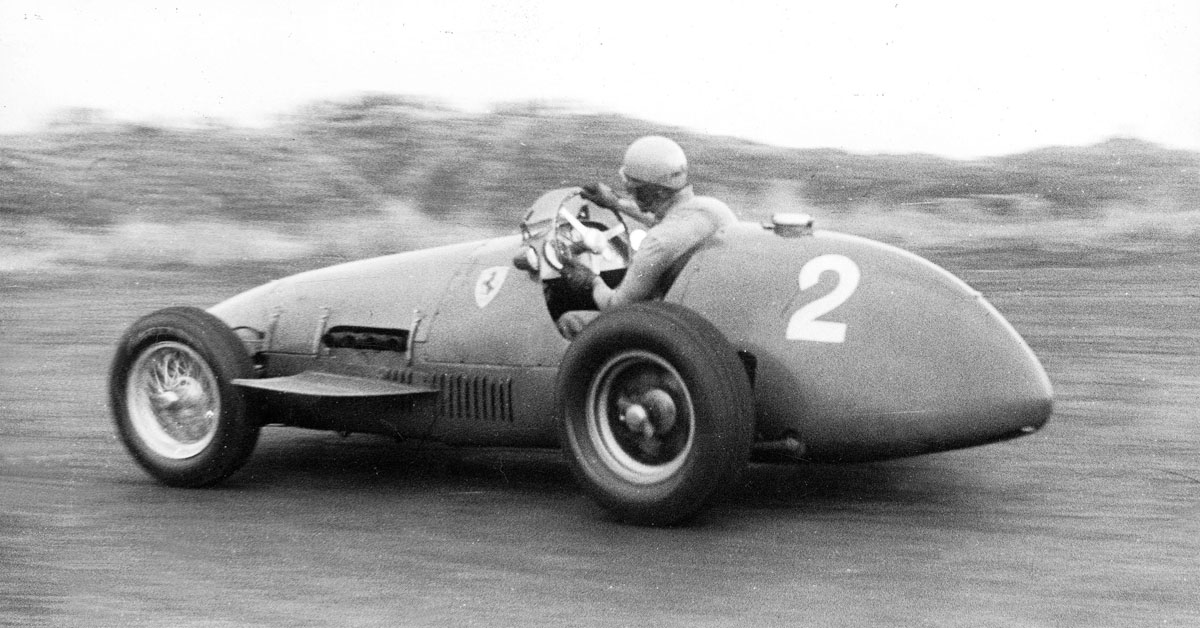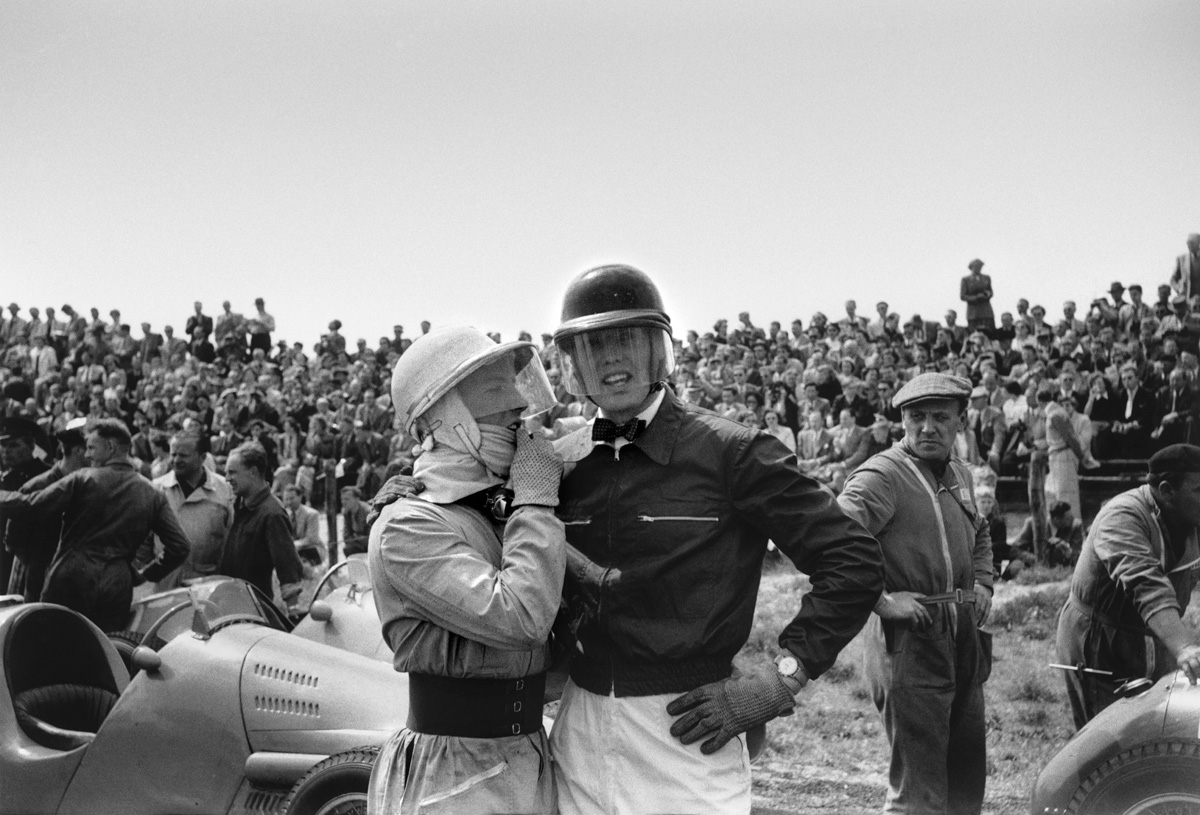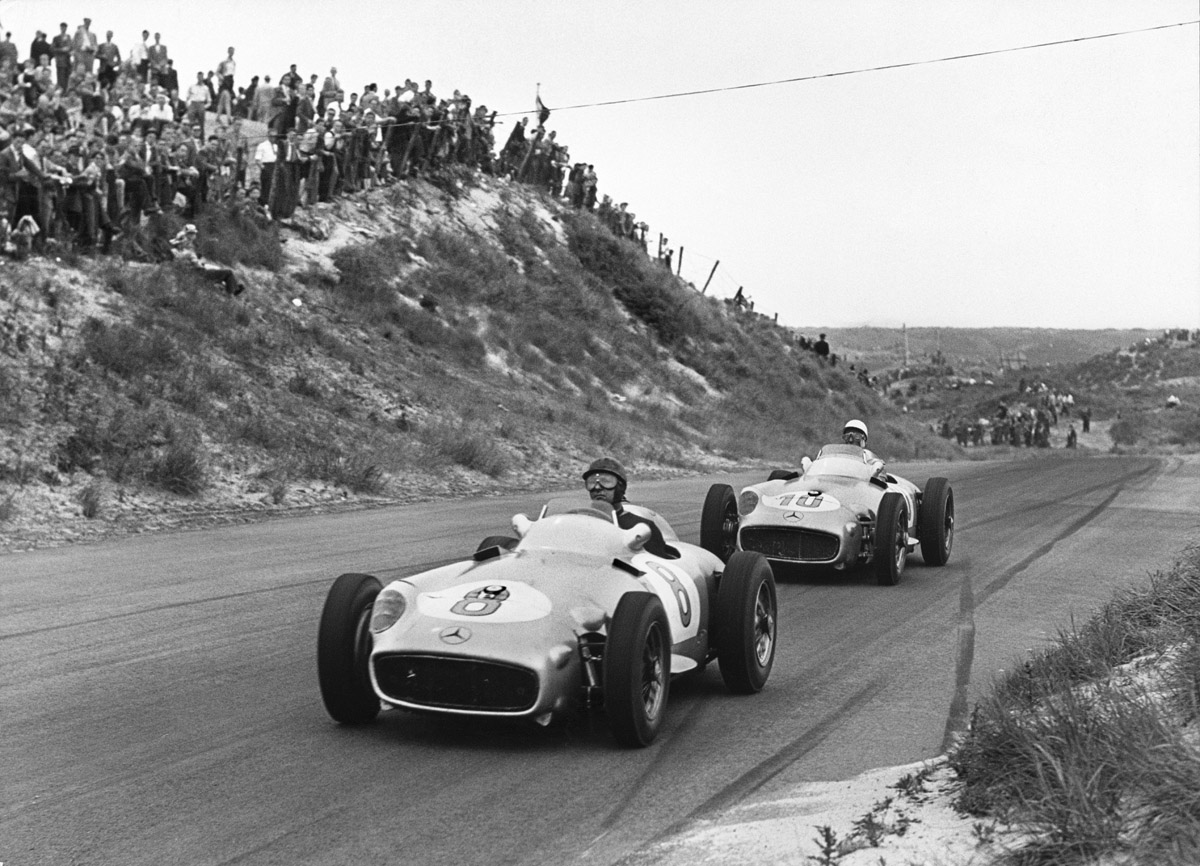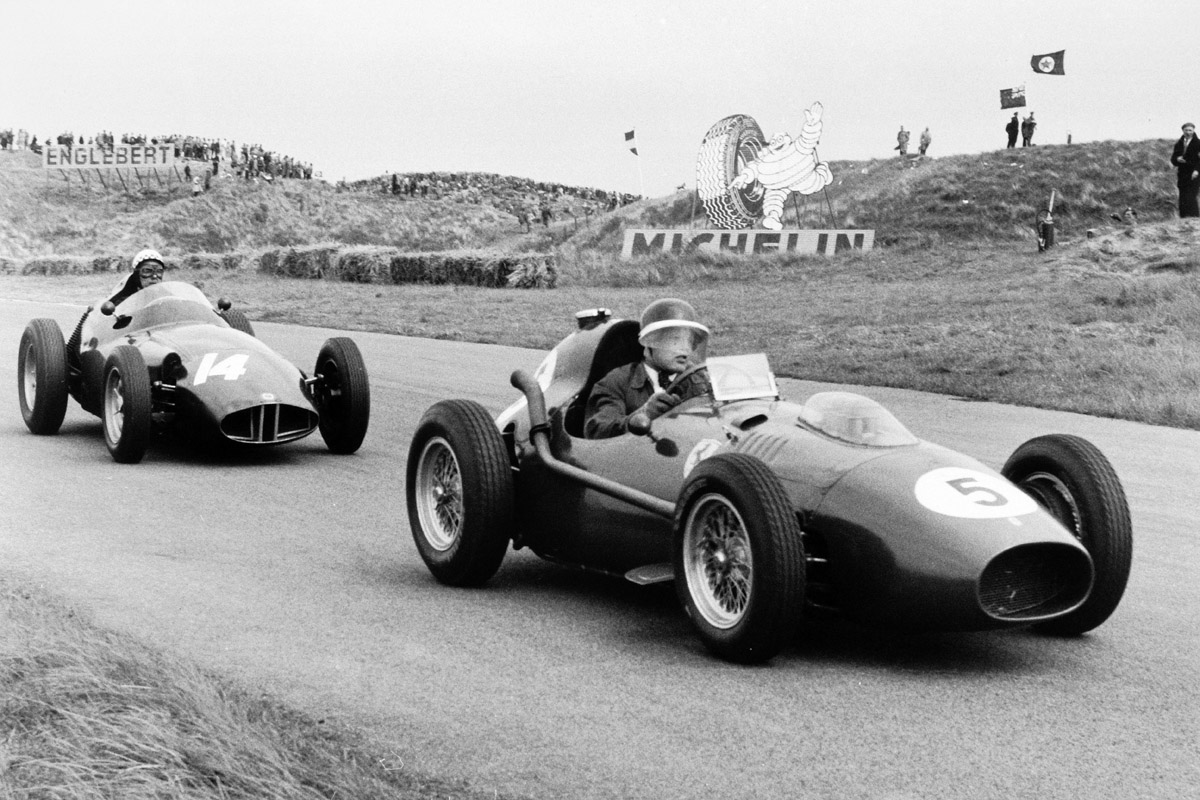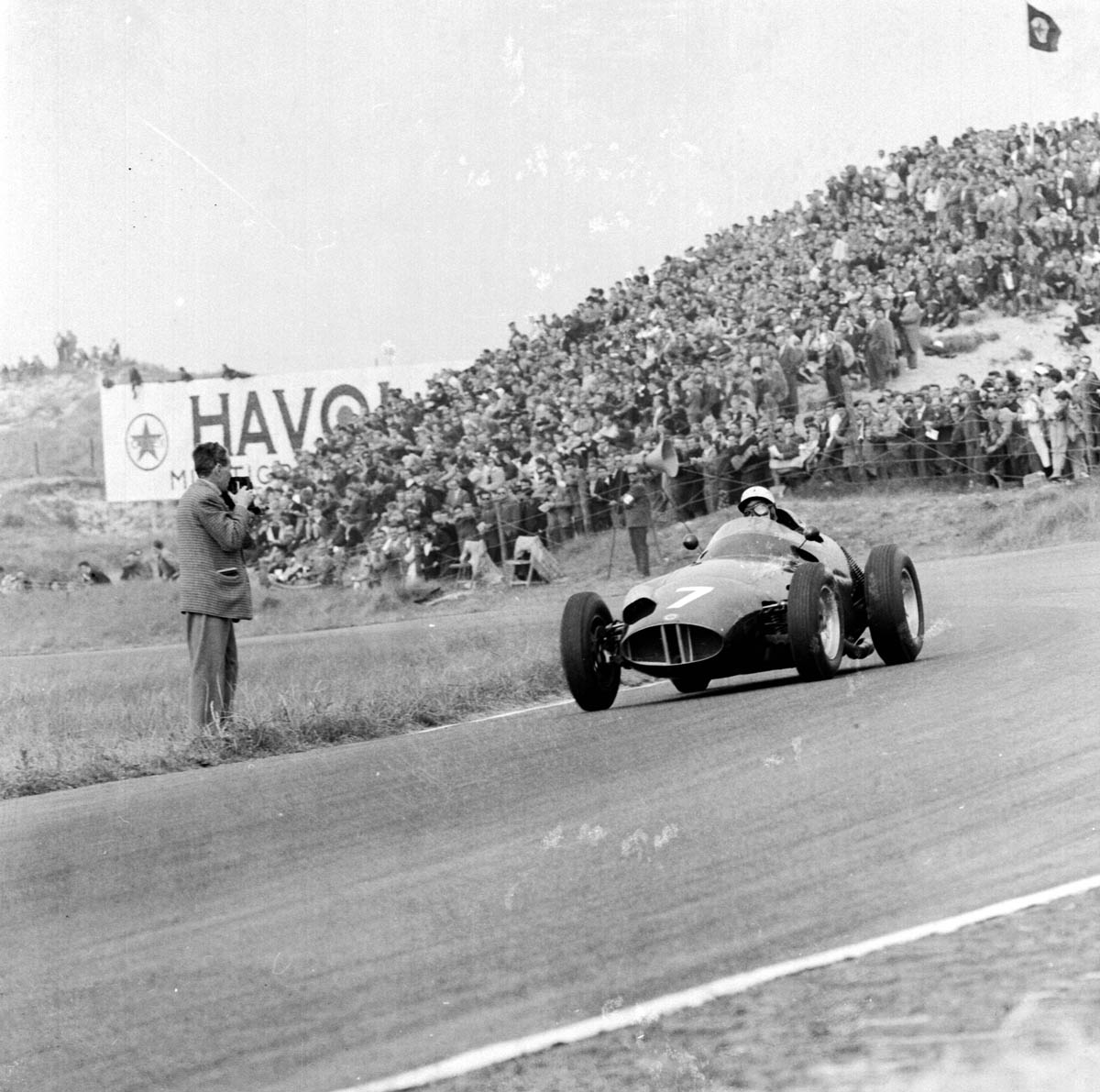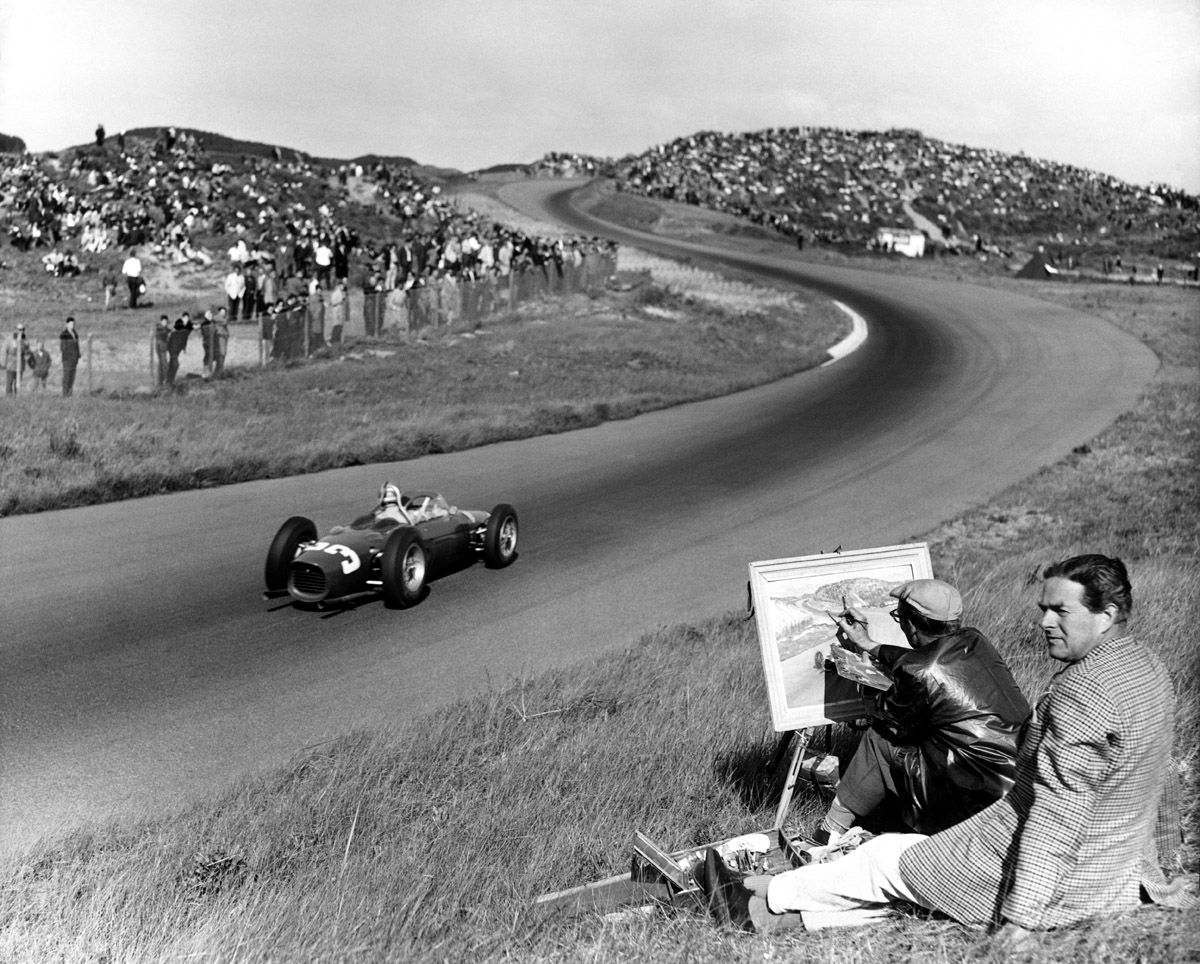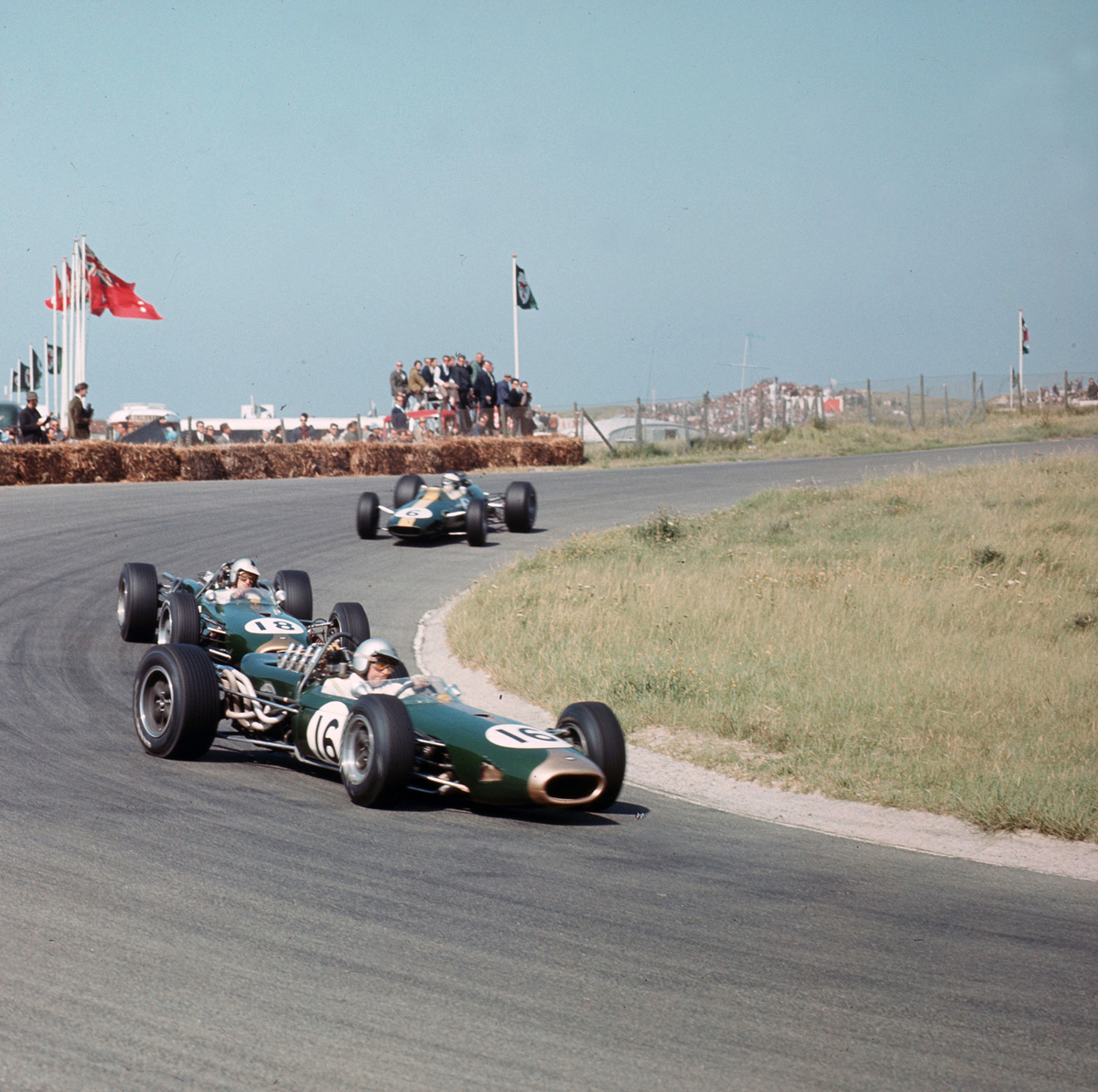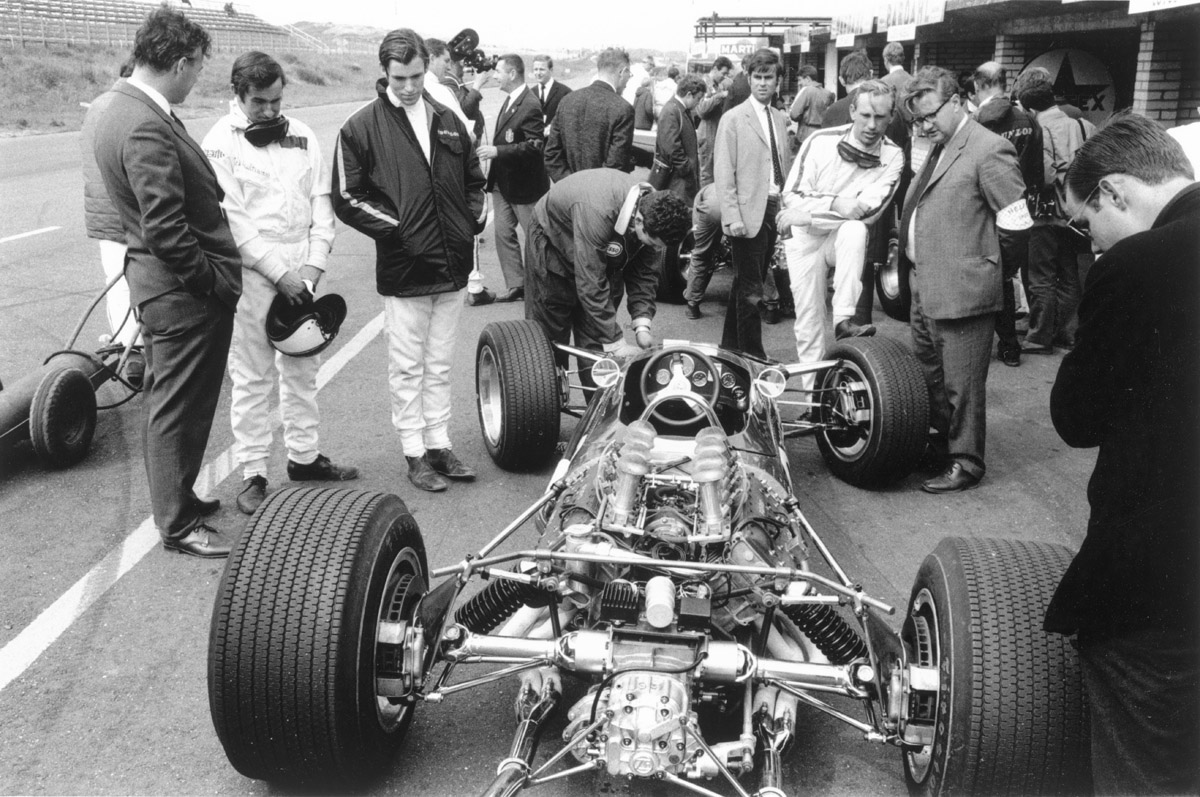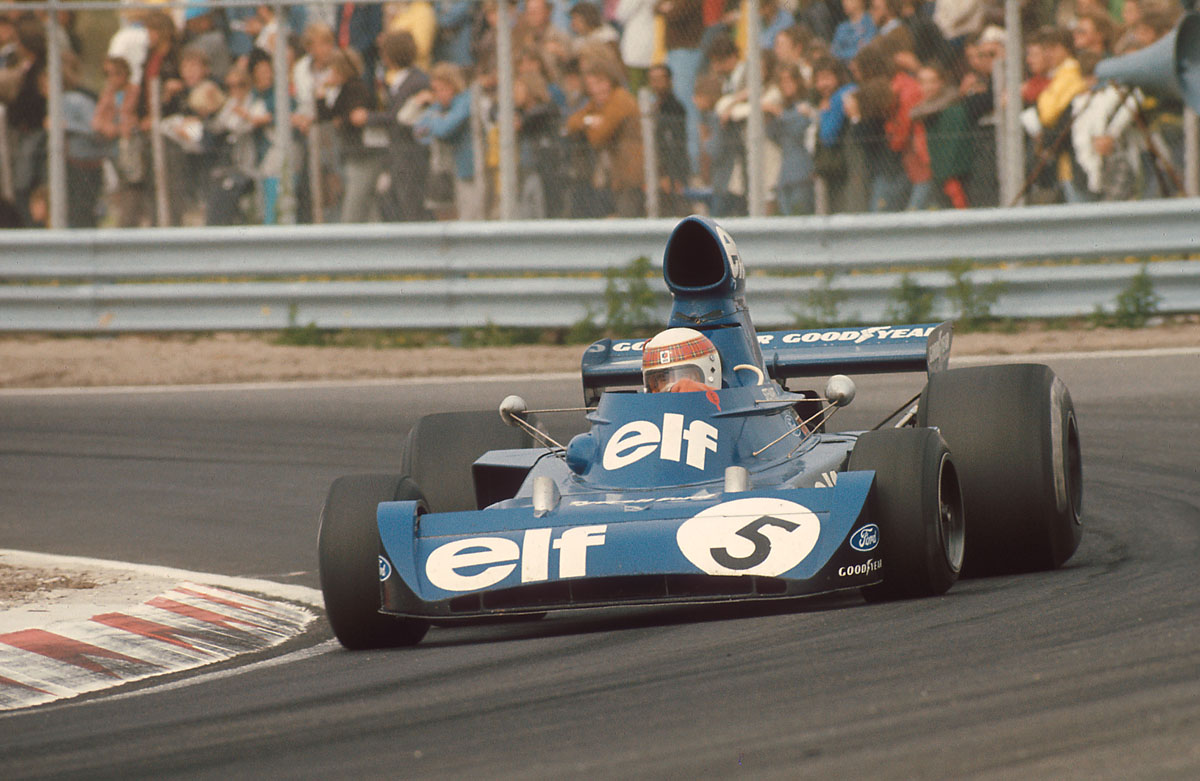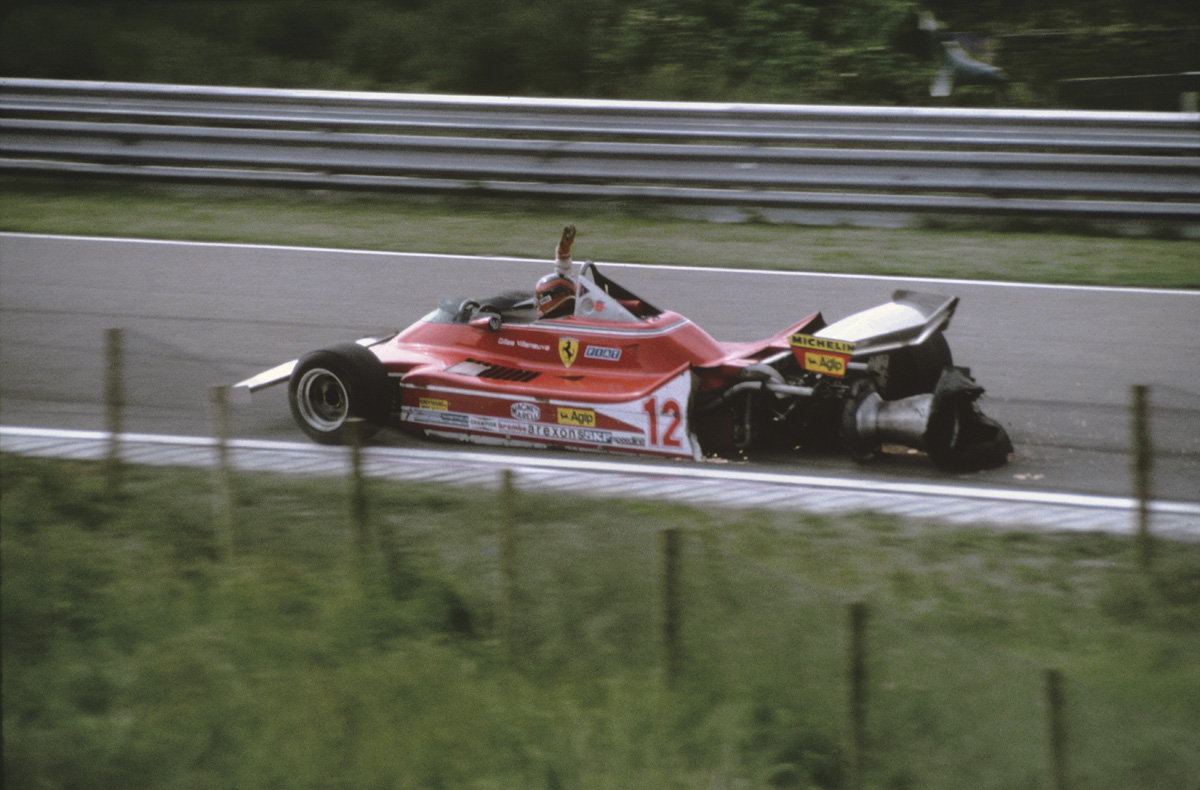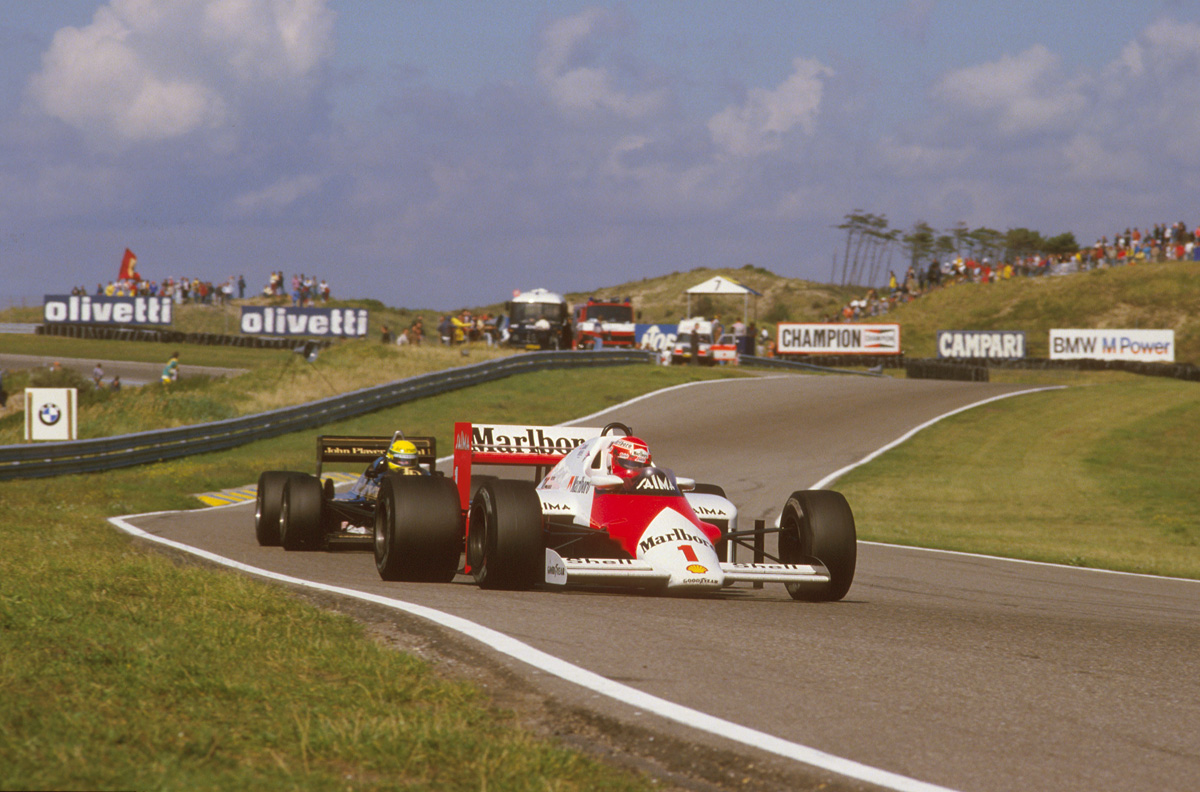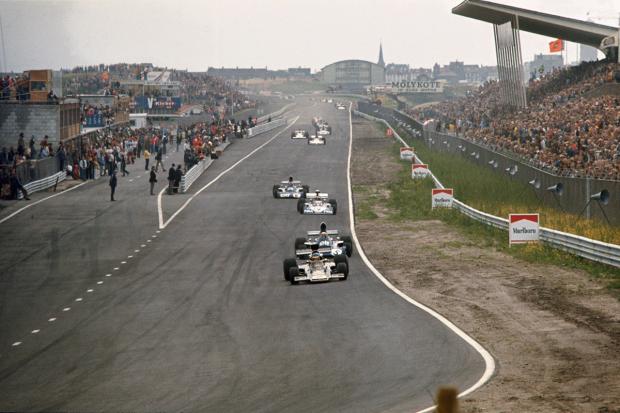
The Dutch coastal town of Zandvoort was one of countless settlements torn apart by the schism of WW2, bringing to an abrupt end the street races for which the town had become popular in the late 1930s. Plans had always been in place to build a permanent circuit there and, in a strange twist of fate, it was the occupying German forces that laid the foundations, building a parade avenue that eventually became the main straight. The rest of the track, built just three years after the end of the war, was created using rubble from the shelled town and followed the course of the Germans’ communication roads.
The circuit was a favourite with the Grand Prix circus until 1985, when the facilities were no longer considered up to scratch and Formula One left for good. Along with Brands Hatch, the Osterreichring and the original Kyalami, it was one of the great losses to the schedule throughout that decade. From the famous Tarzan hairpin at the end of the main straight, to the fast and fearsome curves out in the dunes, Zandvoort provided a great challenge.
Copyright LAT
Before Zandvoort's inaugural Dutch Grands Prix in 1950 and ’51, and ahead of joining the Formula One calendar in 1952, the circuit played host to its own Grand Prix of Zandvoort in 1948 and ’49. In the latter year, Luigi Villoresi won the main event, but the support programme included a Formula Three race. Rising star Stirling Moss is pictured winning that in a Cooper.
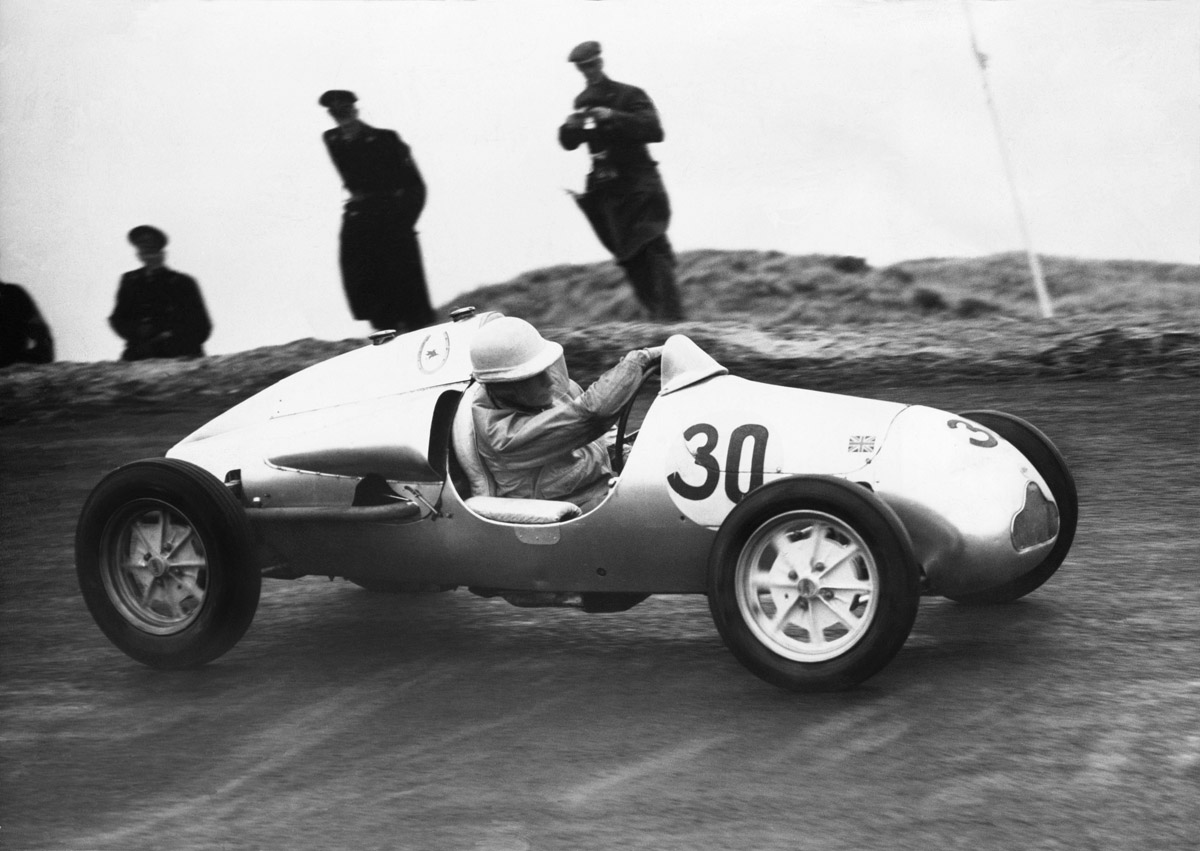
By 1952, Zandvoort had been added to the World Championship calendar. As was the case almost everywhere that year, Alberto Ascari was unstoppable in his Ferrari 500, adding victory among the dunes to those at Spa, Rouen, Silverstone, the Nurburgring and Monza. In fact, aside from the Indianapolis 500, which was in those days part of the World Championship, no one but Ascari won a top-level Grand Prix between June 1952 and July ’53.
